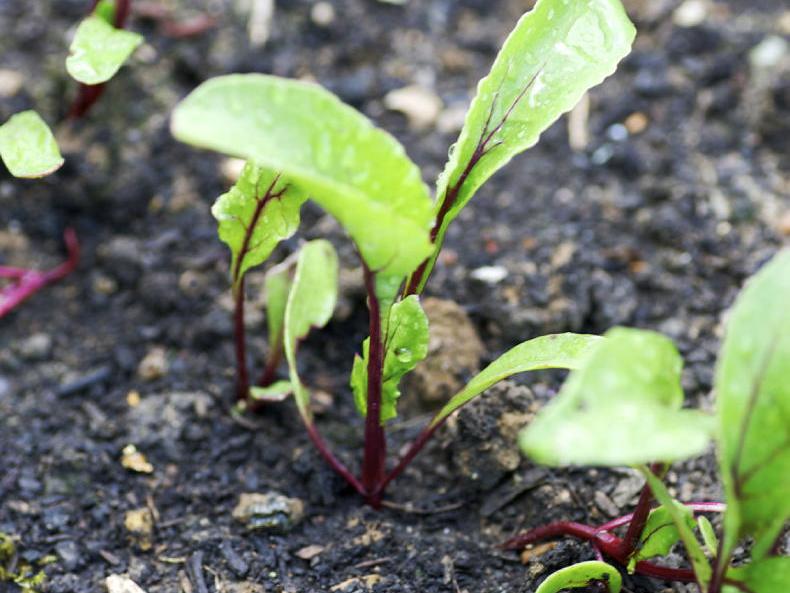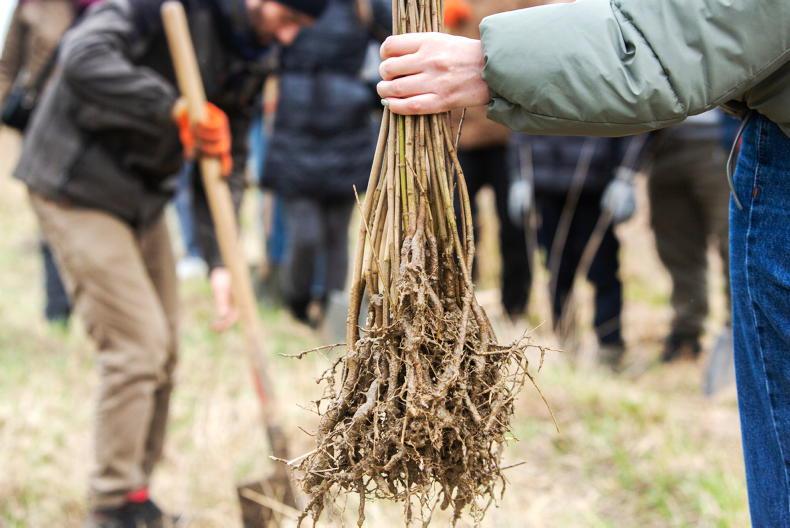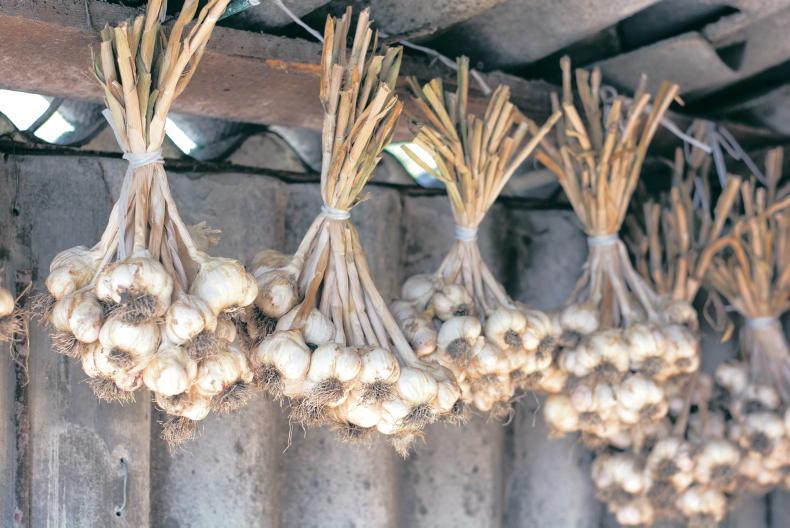Name: Names such as sweet olive and Chinese holly are attractive and the sort of names that people can easily remember, but unfortunately neither of these common names for osmanthus are used with any regularity in this country. The name osmanthus means ‘fragrant flower’ and it is an appropriate name because most of the species have got sweetly scented flowers. But sweet-smelling flowers are just one of this shrub’s attractions.
Botanical name: The ‘sweet olive’ common name comes from the fact that this shrub is part of the olive family, the Oleaceae, like the lilac, forsythia, jasmine, privet and the common ash tree. Not all members of the olive family have good scent though. Of this list forsythia and ash have no scent, and privet has a musky unpleasant smell, but lilac and jasmine are two of the most wonderfully scented garden plants and the osmanthus ranks close to these. The most usual species grown in gardens is Osmanthus delavayii, which originated in China and was brought to Europe not much more than a century ago.
A big evergreen bush, it can reach 4m tall and wide, and a bit more in good conditions.
It is a superb shrub for a large garden and it suits a country garden very well because it has a natural appearance.
The shrub is rounded in shape, often a bit wider than high, and short new twigs arch out from it. It is evergreen with small dark green leaves about 2cm long, slightly toothed.
The pure-white flowers are carried in clusters along the young twigs and the entire bush is dotted with masses of flowers.
The other fairly widely grown kind is Osmanthus x burkwoodii, which is a hybrid of the Chinese species, crossed with Osmanthus decorus, a species from Georgia and northern Turkey. The latter has finger length leaves and creamy-white flowers. The hybrid of these two species is a fine bushy shrub with leaves about 5cm long and slightly off-white flowers. Like the parents, this is very fragrant and it is evergreen also. Both of the garden species flower in March and April.
Completely different in appearance and looking much more like holly, Osmanthus heterophyllus, is another kind sometimes grown in gardens, especially in its pretty variegated form. Because it looks like holly with spiny leaves of very similar shape, though a bit more angular, and because it comes from China, this is the kind called ‘Chinese holly’. The name could be misleading because there are also Chinese species of the true hollies. There are several kinds of this shrub but only the variegated kind is seen. Like the other species, it has scented flowers that appear in late summer and early autumn. The sweet olive or fragrant olive, Osmanthus fragrans, also comes from China, but a warmer part and therefore this shrub is not hardy outdoors in this country
All the osmanthus are under-storey plants of open woodland and scrubby areas in their native habitat. This means that they all can tolerate a fair bit of shade, which makes them useful for filling space in shaded areas. This, of course, reduces flowering but they still flower. Having twiggy dense growth, osmanthus makes a good hedge. It is inclined to throw out those arching shoots that make for clipping but they are sparse and pretty easily dealt with.
They can be snipped off anytime after flowering. It is one of a very few hedges with small foliage that is evergreen and can withstand considerable shade.
Sowing seeds

Despite recent wet spells, it is time to think about sowing vegetable seeds. Any time in the next month is usually about right and it is almost certain that a spell of good dry weather will arrive during that period. It might only arrive once and it might last only for a few days.
So it is important to be ready to sow seeds when the opportunity arises. Have the ground dug over or rotovate it quickly when the chance arises.
Make sure to have the seeds purchased or at least, know where you can get the ones you want in a hurry.
Vegetable seeds are best sown reasonably early in March, because they will crop early as a result, notably summer cabbage, peas, lettuce, scallions, white turnip and carrots.
There is a risk in sowing early, that the weather might turn and the seeds would rot in the cold wet ground. But this is not a great risk and it would be rare to lose a whole crop.
Trees, shrubs and roses
Bush roses and repeat-flowering climbers are growing strongly and should be pruned in the next two weeks, if not already done. Finish planting bare-root trees and shrubs in the next couple of weeks. Evergreens, both broad-leaved and coniferous, can be planted as the sap rises.
Fruit, vegetables and herbs
Plant garlic and shallot sets without delay. If weather conditions allow, start making outdoor sowings, especially of onions from seed, parsnips, broad beans, early peas and sprouts, all of which like an early start. Have the ground dug over, or rotavated, and ready to go.
Lawn
There has been some grass growth in recent weeks and some mowing should already have been done. Apply lawn mosskiller if there is heavy moss growth. If new areas of lawn are to be sown, the ground should be cultivated if possible. Patchy lawns can be over-sown with lawnseed.
Greenhouse and house plants
Feed and water all greenhouse plants, if not already done. Sow tomatoes for greenhouse growing, also sweet peppers and chilli peppers. These are easy to grow and fill the greenhouse during the summer months. Delayed sowing will delay cropping and ripening of the tail-end of the tomato crop.
Flowers
The dividing of herbaceous perennial flowers should be completed soon. Ornamental grasses move best now as they begin growth. Bedding flowers can be sown over the next couple of weeks or so, except for the slow developers such as begonia and pelargoniums which should have been sown earlier.









SHARING OPTIONS